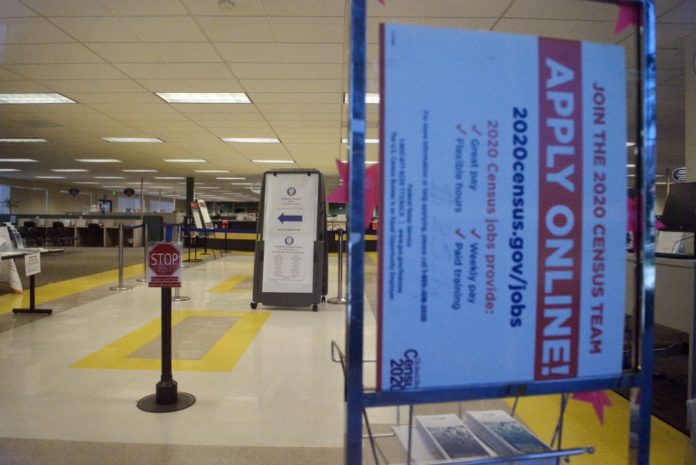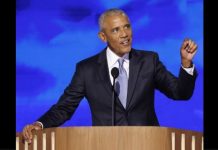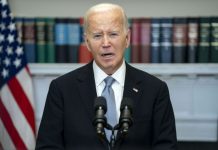
Sept. 9 (UPI) — Senate Republicans on Tuesday unveiled a new coronavirus relief plan including extended federal unemployment benefits and loans for small businesses but lacking many measures prioritized by Democrats.
The $300 billion Delivering Immediate Relief to America’s Families, Schools and Small Businesses Act includes an additional $300 in weekly unemployment benefits as well as another round of loans for businesses with fewer than 300 employees under the Paycheck Protection Program.
It also provides liability protection for businesses, hospitals, churches and schools from COVID-19-related lawsuits, a $10 billion loan for the U.S. Postal Service, $105 billion for students throughout the country to return to classrooms, $16 billion for COVID-19 testing, $31 billion for the development of a vaccine and therapeutics, $20 billion in relief for farmers, and $500 million in federal assistance for fishers.
“It’s not a sweeping, multi-trillion-dollar plan to rebuild the entire country,” Senate Republican leader Mitch McConnell said of the bill. “It does not contain every single relief policy that Republicans, ourselves, think would help in the short-term. I’m confident the Democrats would feel the same way but the American people don’t need us to keep arguing over what might be perfect. They need us to actually make a law.”
McConnell said the chamber will vote on the bill Thursday.
House Speaker Nancy Pelosi and Senate Democratic leader Chuck Schumer are holding firm on a House package worth $2.2 trillion. Senate Republicans, who have negotiated through Treasury Secretary Steven Mnuchin and White House chief of staff Mark Meadows, had initially put forward a proposal that omitted key Democratic demands.
The measure is designed to put pressure on Democrats to agree to some form of coronavirus relief before the election, but Schumer last week ripped the proposal as more “emaciated” than “skinny,” calling it “another unacceptable and ineffective attempt at providing relief.”
As federal lawmakers work toward a new coronavirus relief bill, most states have begun or soon will begin giving out some enhanced unemployment payments, in smaller amounts than the $600 that expired in July.
The Federal Emergency Management Agency has so far approved all but four states to provide supplemental federal unemployment payments to Americans who have lost work or had their wages reduced due to the COVID-19 pandemic.
President Donald Trump signed an executive order last month to provide up to $400 in weekly unemployment aid to out-of-work Americans.
Workers in 42 states will receive $300 in weekly federal unemployment benefits for at least three weeks. Four — Kentucky, Montana, Vermont and West Virginia — have indicated they will provide an additional $100 for a total of $400 in benefits for those who qualify.
The four states that have not yet been approved are Delaware, Nebraska, Nevada and South Dakota. The government in South Dakota said it won’t apply for the aid, noting that about 80% of its workforce has recovered. Nebraska Gov. Pete Ricketts said he’s still analyzing the costs.
Only a few states have already begun paying out the enhanced unemployment payments. Most will begin later this month or in October. California, Iowa and Minnesota expect to begin this week or next.
Trump’s executive order was met with some resistance from governors who said their state budgets couldn’t afford an increase in unemployment payouts for an extended period of time.
The states are giving out the aid as a stopgap measure as House Democrats negotiate with the White House for a new stimulus deal.
Meanwhile, a vote on a temporary government funding bill also is expected this week following an informal agreement late last week between Pelosi and Mnuchin. Both parties committed to a continuing resolution to avoid a shutdown and be free of certain policy riders that have halted progress on other bills while the two sides continue to negotiate on a COVID-19 relief bill.





